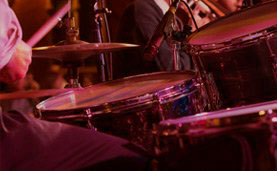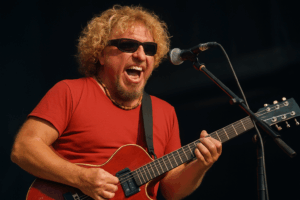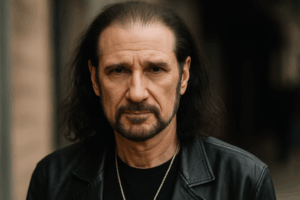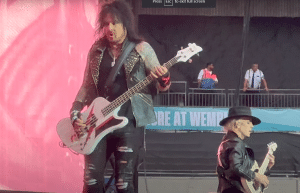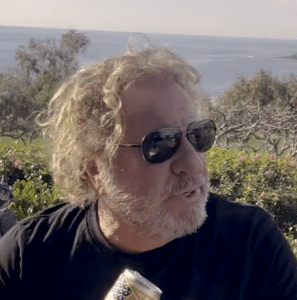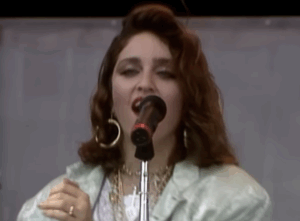7 Classic Rock Guitarists of the 70s Who Changed How We Play
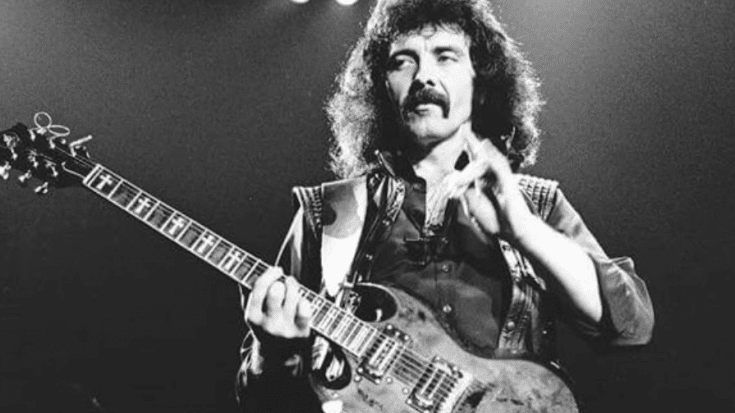
via PLX / YouTube
The 1970s was a defining decade for rock music, thanks in large part to a lineup of extraordinary guitarists. Their innovations in technique and sound shaped the future of rock music, leaving legacies that endure today.
Jimmy Page
View this post on Instagram
The mastermind behind Led Zeppelin, Jimmy Page seamlessly mixed blues with hard rock. Known for legendary riffs in songs like “Whole Lotta Love,” his use of a violin bow on tracks like “Dazed and Confused” pushed creative boundaries. Page’s skill as a producer also set him apart, especially in intricate albums such as “Physical Graffiti,” ensuring his influence went well beyond his guitar work.
Eddie Van Halen
View this post on Instagram
Eddie Van Halen turned guitar playing on its head with his pioneering finger-tapping technique showcased in “Eruption.” As Van Halen’s lead guitarist, his dynamic solos and inventive use of harmonics in hits like “Ain’t Talkin’ ‘Bout Love” raised the bar for technical prowess and inspired countless players to experiment with new techniques.
Eric Clapton
View this post on Instagram
By the 70s, Eric Clapton had cemented his status with stints in Cream and Blind Faith. His solo projects, like the album “461 Ocean Boulevard,” featuring the chart-topper “I Shot the Sheriff,” won over broader audiences by blending blues with pop appeal. Clapton’s emotive style and ability to switch between acoustic and electric genres made him a versatile icon.
David Gilmour
View this post on Instagram
Pink Floyd’s sound was deeply shaped by David Gilmour’s expressive guitar work. Solos in “Comfortably Numb” and “Time” are noted for their emotional resonance and precision. His innovative use of effects and melodic phrasings significantly influenced albums like “The Dark Side of the Moon,” setting a high standard for emotional and technical depth in rock guitar.
Ritchie Blackmore
View this post on Instagram
Ritchie Blackmore’s aggressive riffs with Deep Purple and Rainbow combined hard rock with classical elements. Memorable songs like “Smoke on the Water” and “Highway Star” showcased his ability to blend baroque influences into heavy rock, carving out a niche that inspired many future metal guitarists with his technical skills and signature sound.
Tony Iommi
View this post on Instagram
As Black Sabbath’s guitarist, Tony Iommi laid the groundwork for heavy metal with his heavy, down-tuned riffs on tracks like “Iron Man” and “Paranoid.” Overcoming an injury to his fingers, Iommi adapted his playing style to create a darker, heavier sound, making him a beacon of resilience and a major influence on the metal genre.
Brian May
View this post on Instagram
Brian May’s work with Queen is instantly recognizable for its distinctive tone and melodic complexity. Using his handmade guitar, the “Red Special,” May crafted unforgettable solos in hits like “Bohemian Rhapsody” and “We Will Rock You.” His ability to fuse rock, opera, and pop elements underscores Queen’s unique sound and his enduring impact on music.


